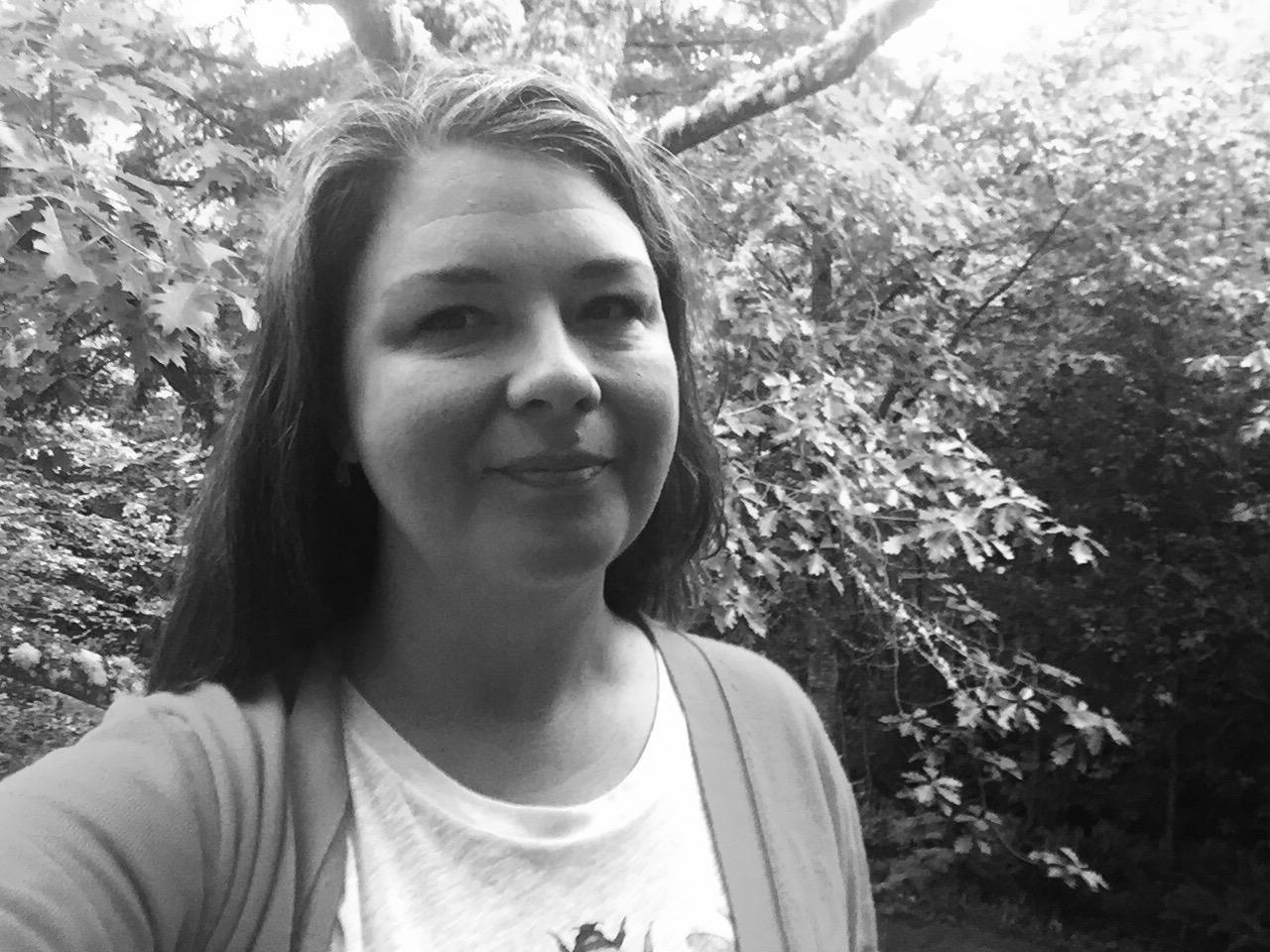There is a popular trend you’ve probably noticed over the past few years. It’s a trend that confirms what many of us have intuitively known our whole lives: Spending time in nature is good for us. It’s good for the brain, it’s good for the body, it reduces stress, it slows us down, and it teaches us about our environment and our role within that environment.
Doctors are now giving hiking prescriptions to patients. There’s even a Japanese therapy called Shinrin-Yoku being enthusiastically adopted by Western culture. The literal translation is “forest bathing” and is thought of as the medicine of being in nature.
Despite the free-range drink-out-of-the-hose, outside-until-dark childhood many of us adults had, kids are now spending nearly eight hours a day using entertainment media, and only 6 percent of kids ages 9 to 13 play outside on their own — a stark contrast to our upbringing and a disturbing trend. Luckily, we islanders live in a rural community complete with public trails, forests, creeks, ponds, meadows and beaches. These are perfect conditions for getting our kids outside more, having fun and learning about our island environment — and the very important skill of how to survive without electronics.
What do we, as parents, do with this information? Following the logic of our nature immersion-centered island schools, we get our kids outside, moving and learning in nature as much as possible. One such island school, Cedarsong Nature School, promotes “physical, emotional and mental balance through an authentic connection with the natural world.” Additionally, the Vashon Wilderness Program offers a learning experience that “honors individuality, encourages self-sufficiency in learning, and awakens a kinship with nature” and is touted as “good medicine for nature deficit disorder.” Nature as the teacher.
So, the more we get our kids connecting with the land, taking advantage of all the benefits nature gives, the calmer, happier, wiser and better future stewards they will be. Sounds good to me. Plus it gives us parents the extra bonus: a sweet, sweet break from the epic battle of how much screen time our children want versus how much we want to give them. Thank you, nature.
For parents not comfortable with the “free-range” parenting philosophy, many island organizations offer summer camp options designed to get kids outside, being active and learning on the land. The Vashon-Maury Island Land Trust offers its Jr. Naturalist Summer Camp, which has kids outside all day at a different park or preserve and hiking an average of 2 miles each day. Maria Metler, educational specialist with the Vashon Nature Center, has designed the junior naturalist program for 7- to 11-year-olds that hits all the marks: kids out in nature, having fun, learning about our natural world, creating art and moving their bodies. And no screens. The camp runs from 9 a.m. to 2 p.m. July 11 to 15, and is just one of many options for children’s summer island plans.
For those parents who get to take the summer off with their kids and are looking to get out of the house, there are miles of trails and shorelines and acres of publicly accessible parks and preserves at your disposal — all for free.
And to all the “free range” parents, we take our hats off to you and hope your kids have fun running loose, maybe with a pack of neighborhood kids and dogs, drinking out of garden hoses and staying out all day until the sun sets. We adults will live vicariously through your kids as they spend the long summer days goofing around on beaches, marching through meadows, trailblazing through forests and sometimes just playing in the dirt. Just like we did.
No matter what summer option you or your children choose, getting out in nature will, as Erin Kenny of Cedarsong Nature School has said, “increase our awareness of and connection to the natural world in order to foster compassion and empathy for the earth and all its inhabitants.”
That’s a good thing for us all. Hope to see you all out on our island trails this summer.
— Julie Olstad Grunwald is operations manager for the Vashon-Maury Island Land Trust.



